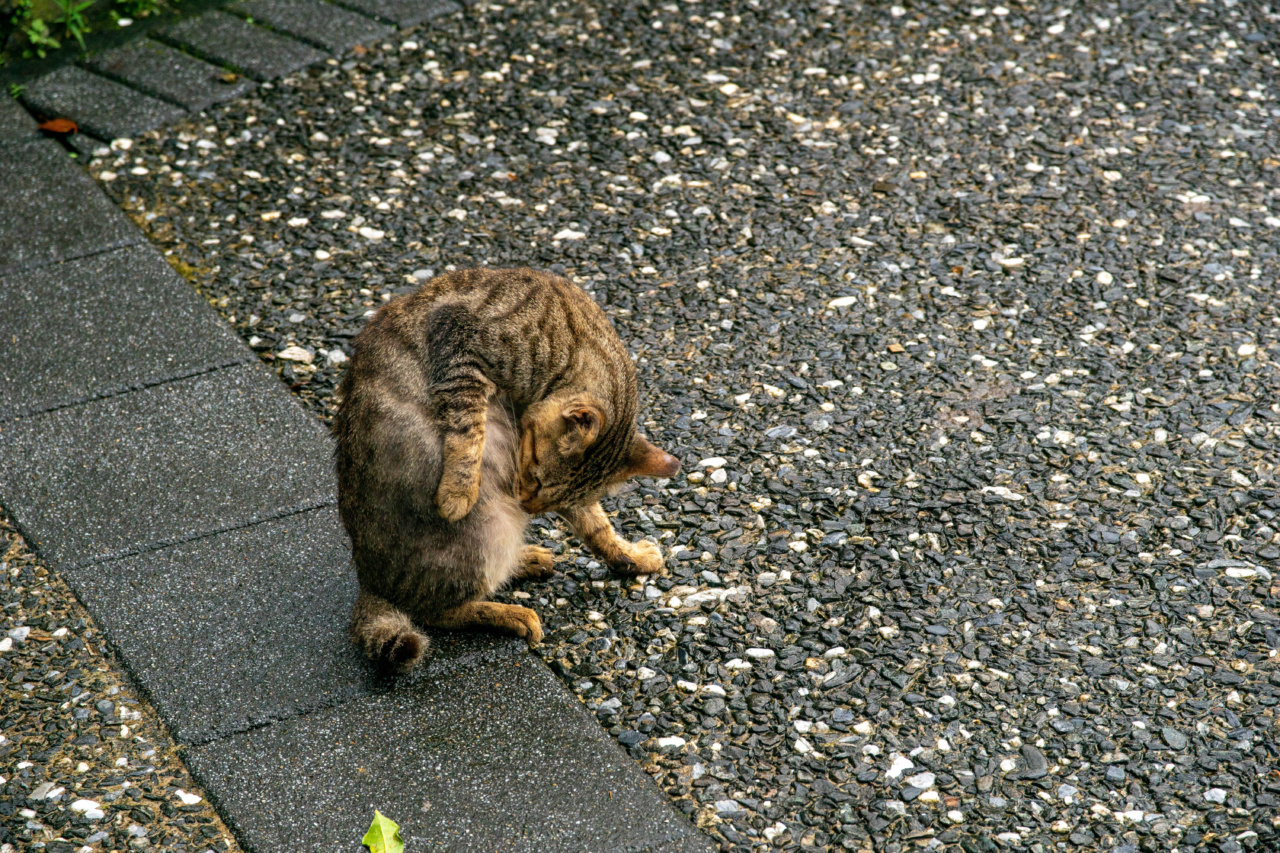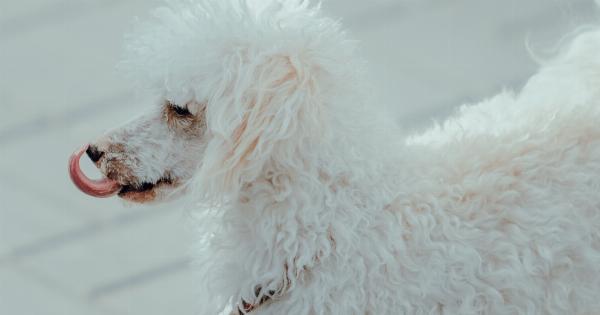Have you ever thought about the reason behind your dog’s excessive licking behavior? Although it may seem like a simple and harmless action, licking is actually one of the most complex and diverse behaviors that your furry friend can display.
What Is Licking Behavior?
Dogs’ licking behavior is the act of making contact with their tongue to different surfaces, either human skin, other animals, or inanimate objects, such as toys or furniture.
The frequency and intensity of your dog’s licking can vary depending on your pet’s breed, age, environment, and overall health.
However, to better understand your dog’s licking behavior, you should differentiate between the different types of licking, which include:.
Social Licking
Social licking is common in puppies and adult dogs alike, especially those that have good bonds with their owners or fellow pets.
Social licking is characterized by licking certain parts of the body, such as the face, ears, or paws, to show affection, respect, and communication.
Self-Licking
Self-licking is the behavior in which dogs lick themselves excessively to relieve skin irritation, alleviate stress, or promote healing in minor wounds.
Self-licking can be problematic if it turns into an obsessive-compulsive disorder (OCD), where the dog licks itself to the point of causing skin damage and even infection.
Exploratory Licking
Dogs that experience different tastes and smells in their environment can exhibit exploratory licking behavior, where they lick or nibble different surfaces to learn more about their surroundings.
Exploratory licking can be a way for dogs to identify food sources, predators, or territories.
Anxiety-Induced Licking
Anxiety-induced licking is a type of licking behavior commonly observed in dogs that experience separation anxiety or environmental stress.
Dogs can exhibit anxiety-induced licking behavior by continuously licking their paws, lips, or other surfaces to soothe their nerves and cope with the feeling of fear or anxiety.
Medical Conditions That Can Cause Licking Behavior
In some cases, your dog’s licking behavior can be caused by underlying medical conditions that require a visit to the veterinarian. Some of these medical conditions include:.
1. Allergies
Allergies, such as food allergies or environmental allergies, can cause skin irritation and itchiness that can prompt dogs to lick excessively.
Dogs with allergies can develop a condition known as allergic dermatitis, which causes inflammation, redness, and itching of the skin.
2. Gastrointestinal Issues
Some gastrointestinal issues, such as reflux, bloating, or constipation, can cause dogs to lick their lips excessively in an attempt to relieve discomfort or nausea.
3. Dental Problems
Dental issues such as gum disease or tooth abscess can cause dogs to lick their mouths excessively, as they experience pain or discomfort when chewing, biting, or swallowing food.
4. Neurological Disorders
Dogs with neurological disorders, such as seizures or cognitive decline, may lick excessively as a reaction to abnormal brain activity or as a coping mechanism to deal with confusion or disorientation.
How to Control Your Dog’s Licking Behavior?
If your dog’s licking behavior is becoming problematic, you can address it by following some simple tips, such as:.
1. Provide Distractions and Toys
If your dog licks excessively due to anxiety or boredom, you can provide it with distractions such as interactive toys, puzzle games, or chew toys to keep it occupied and entertained.
2. Train Your Dog Not to Lick
You can train your dog not to lick by giving verbal commands such as “leave it” or “no licking” and reinforcing positive behavior with treats or praise.
3. Address Underlying Medical Conditions
If your dog’s licking behavior is caused by underlying medical conditions, such as allergies or dental problems, you should visit your veterinarian to treat the underlying issue and relieve the discomfort or pain that prompts excessive licking.
Conclusion
Understanding your dog’s licking behavior is essential to maintain its mental and physical well-being.
By recognizing the different types of licking and their causes, you can ensure that your dog’s licking behavior is not a sign of underlying health issues or anxiety problems. With proper training, care, and observation, you can help your furry friend live a healthy and happy life.































